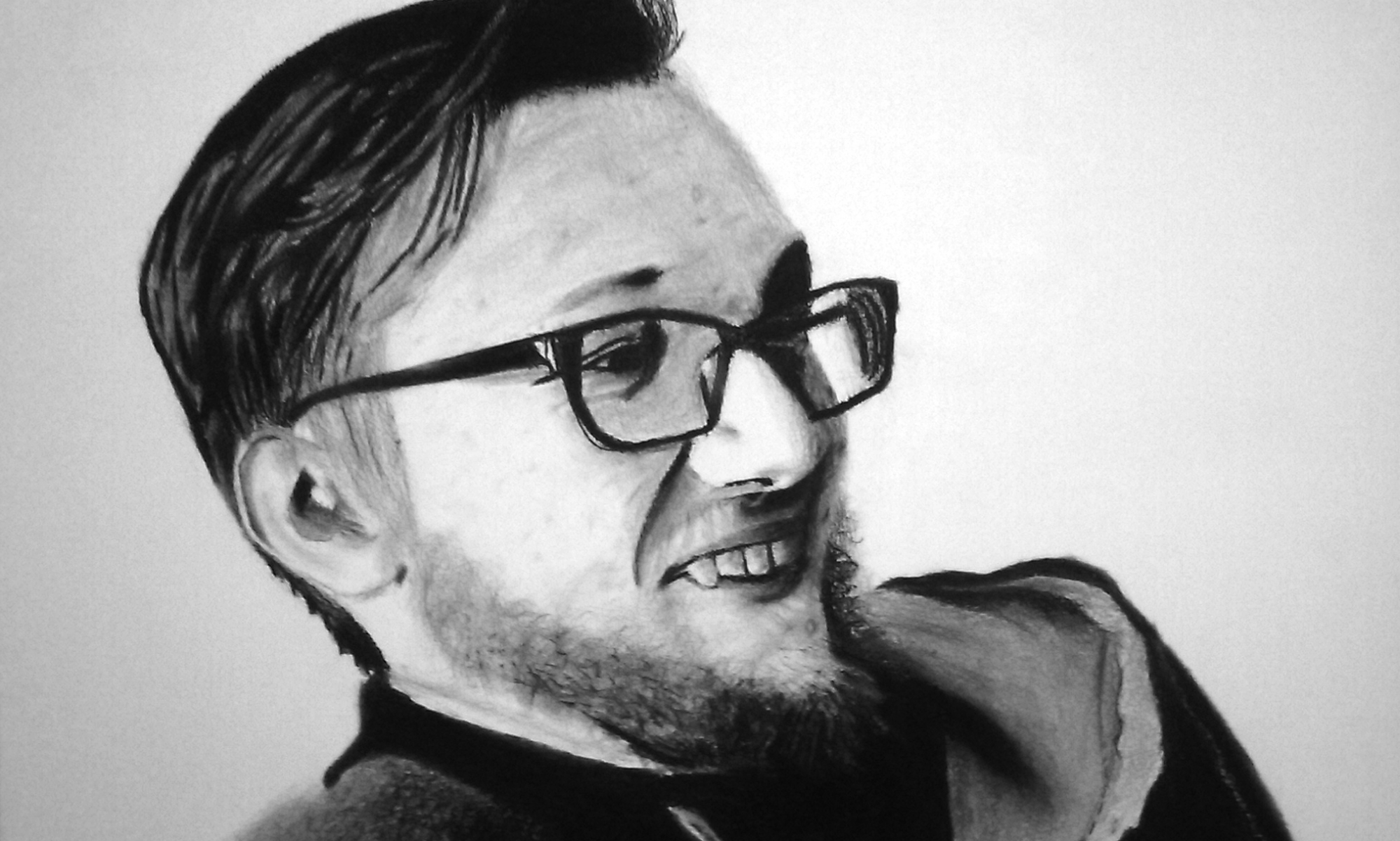James Stephens
Jason Bernagozzi
Dgma. 1403-01 SET 302/8:00
20 November 2016
Anaglyph imagery and video are most commonly used as a means to create a stereoscopic effect, tricking the brain into believing that a flat two-dimensional image is actually a third-dimensional object. However, the use of Anaglyph goes far beyond the creation of 3D movies and photographs. It is a form of art in itself. A creative tool that has branched off and become a separate sect of the world of digital creation. One artist that has used this aesthetic persistently and proficiently is Brian Murphy. Many of his pieces are the definition of appropriated images, yet even though they are borrowed, he gives them all their own style, which he displayed in the Llewelyn Gallery.
Brian Murphy is very much an experimental artist, going to odd measures to create new and interesting pieces. He took the sequencing in his DNA and turned it into a sound file, creating music from himself over an altered video of his figure. The music is cryptic with a low gargled sound, something you may hear as background noise at a haunted house. Was it an expression of his inner self? Could it be an extension of him? The sound created by his DNA made the listener think, and wonder, and possibly even confused them. Experimental art can be confusing at times, but in the end it is still art to be appreciated by someone.
Compared to most artists who use appropriated images, Brian Murphy’s reconstruction of videos and images is slightly different. Unlike Ken Jacobs, famous for Tom, Tom, The Piper’s Son and was a part of inspiration for Brian, Murphy’s films are created not as a retelling of a story through found footage, but to give old medium a new style. By deconstructing and putting back together these films, as well as recreating them in an anaglyph display, Murphy has given new life to things like the film Holy Ghost West Virginia, which he used in a piece at the gallery. With each of his pieces, Murphy has gone through frame by frame, picking apart, rearranging, and putting back together to create something new. The videos he uses can go from a few seconds to being a dozen minutes at a time, they take on new forms of their own. The use of anaglyph brings the old images into a new dimension, putting them in the space of the viewer as if it were happening right in front of them, and not on a projector screen or a TV.
Without experimental artists like Brian Murphy, there would be no new concepts or fields of exploration for regular artists to delve into, because they would be too afraid to outstep their boundaries. Art would still be bounded to oil paintings and statues if there weren’t those who went on a whim and created something new, disregarding whether it would fail or not. The risk of failure is not in the mindset of an artist, and less so in the mind of an experimental artist.
